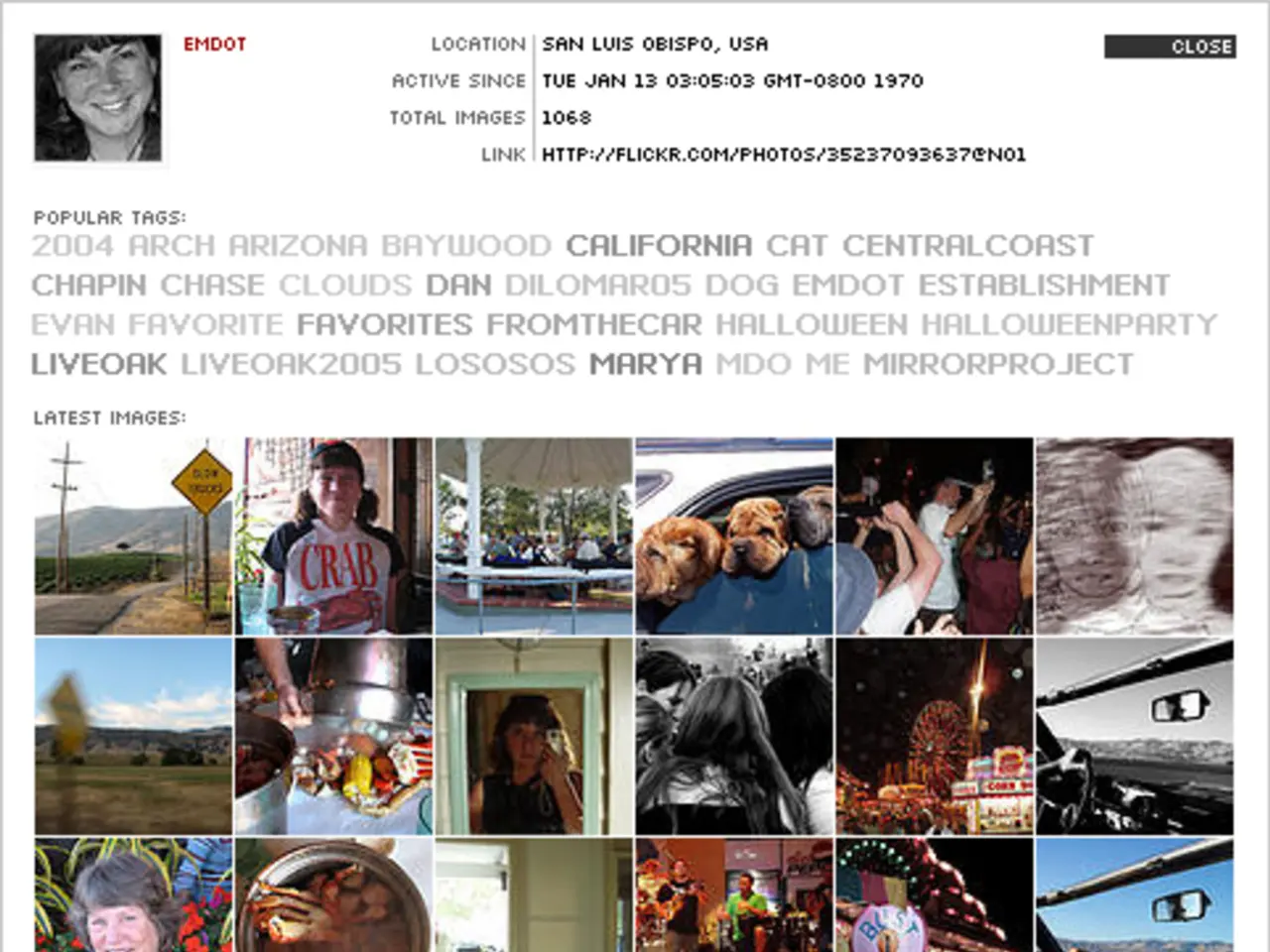Computer Vision Undergoes a Major Transition: The Move from Guided to Autonomous Learning
In the ever-evolving world of computer vision, a significant shift has occurred in the way models are trained. Self-supervised learning (SSL), a method that uses unlabeled data and generates pseudo-labels, is gaining attention as an efficient and scalable alternative to traditional supervised learning. Unlike supervised learning, which relies on large amounts of manually annotated labels, SSL creates pseudo-labels or supervisory signals directly from the data itself through pretext tasks.
### Key Differences between Self-Supervised and Supervised Learning
Self-supervised learning differs from traditional supervised learning in several aspects. The data requirements for SSL are much less demanding, as it uses unlabeled data and creates pseudo-labels. The learning objective in SSL is to learn representations by solving pretext tasks, such as predicting missing parts of an image or matching augmented views of the same image. This makes SSL highly scalable to very large unlabeled datasets, which is a significant advantage over supervised learning, which is often limited by label availability and cost.
### State-of-the-Art Self-Supervised Learning Techniques
Self-supervised methods train models to learn image representations by tasks like predicting relationships between parts of the image, maximizing agreement between different augmentations of the same image, and masked image modeling. Examples of state-of-the-art SSL techniques in computer vision include SimCLR, MoCo, BYOL, and DINO. These methods have demonstrated that SSL-trained models can match or even exceed supervised pre-training on downstream tasks like object detection, 3D surface estimation, and image classification when scaled appropriately to large datasets.
### The Future of Self-Supervised Learning
Self-supervised learning excels in scenarios where labeled data is scarce or costly, such as medical imaging. By avoiding reliance on manual labels, SSL is critical for scaling vision models to vast image corpora. Emerging trends combine SSL with transfer learning, multimodal learning, and federated learning for broader AI applications.
In summary, self-supervised learning offers a promising approach to training computer vision models by learning visual representations without human-provided labels. Modern SSL methods, such as SimCLR, MoCo, BYOL, and DINO, are now state-of-the-art, enabling scalable and effective learning of visual features that rival fully supervised approaches.
Artificial intelligence, specifically in the form of self-supervised learning (SSL), is making significant strides in the field of technology, particularly computer vision. SSL, a method that uses unlabeled data and generates pseudo-labels, is proving to be a scalable and efficient alternative to traditional supervised learning, which relies heavily on human-provided labels.




